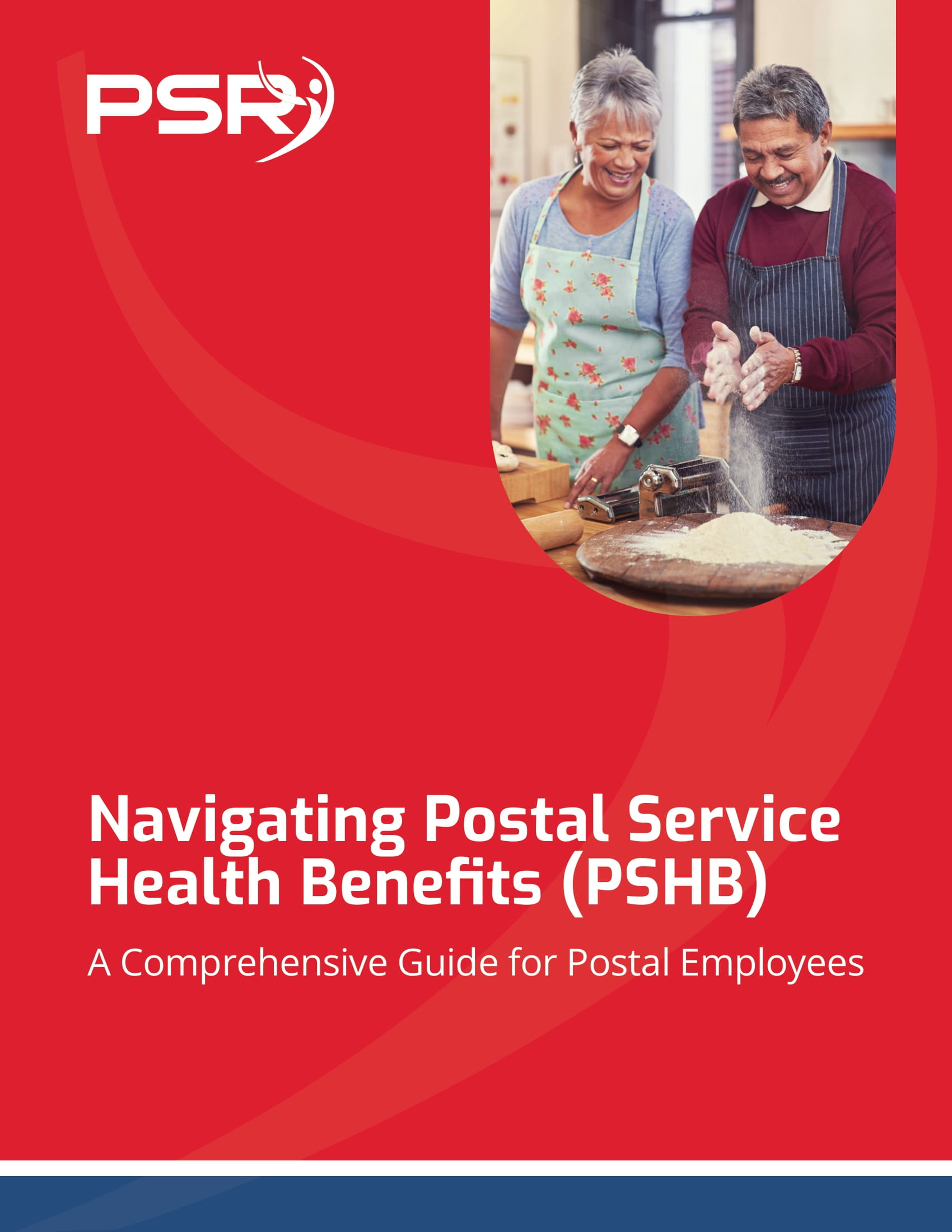Key Takeaways:
- Significant reforms to federal retirement plans are expected in 2024, impacting Thrift Savings Plan (TSP) contributions and FERS pension calculations.
- New health insurance provisions under the Federal Employees Health Benefits (FEHB) program will enhance access to telehealth services and mental health coverage.
- Changes in federal employee leave policies aim to improve work-life balance with expanded parental leave and flexible work arrangements.
Federal Employee News: Key Policy Changes to Watch
- Also Read: What Happens to Your Federal Benefits After Divorce? Here’s the Lowdown
- Also Read: The Best FEHB Plans for 2025: Which One Fits Your Lifestyle and Budget the Best?
- Also Read: Special Retirement Options for FAA and LEO Employees: Are You Taking Advantage of What’s Available?
Upcoming Reforms to Federal Retirement Plans: What to Expect in 2024
Federal retirement plans are undergoing several reforms aimed at enhancing the financial security of federal employees. These changes primarily focus on the Thrift Savings Plan (TSP) and the Federal Employees Retirement System (FERS) pension calculations.
Increased Contribution Limits for TSP
One of the significant updates in 2024 is the increase in contribution limits for the Thrift Savings Plan (TSP), allowing federal employees to save more for retirement.
- Higher Contribution Limits: The annual contribution limit for TSP has been raised to $23,000, up from $22,500 in 2023. Additionally, employees aged 50 and over can now make a catch-up contribution of $7,750, an increase from the previous $7,500. These increases provide more opportunities for employees to maximize their retirement savings and benefit from the tax advantages of the TSP.
- Enhanced Matching Contributions: Some federal agencies are enhancing their matching contributions to the TSP, offering additional incentives for employees to contribute more to their retirement accounts. This change helps employees build a more substantial retirement fund with the support of their employer.
Changes to FERS Pension Calculations
The Federal Employees Retirement System (FERS) provides a defined benefit pension based on years of service and the highest three years of salary (high-3 average). In 2024, there are notable adjustments to how these calculations are performed.
- Updated High-3 Calculation: For employees with fluctuating salaries, the calculation of the high-3 average has been adjusted to more accurately reflect their earning patterns, potentially increasing pension benefits. This change ensures that employees receive a fairer pension based on their actual earnings, benefiting those who have had periods of higher income later in their careers.
- Service Credit for Part-Time Work: Part-time service is now credited more favorably in pension calculations, benefiting employees who have worked part-time during their careers. This update acknowledges the contributions of part-time employees and ensures they receive appropriate pension benefits, improving retirement security for those who have balanced work with other commitments.
Flexible Retirement Options
To provide more flexibility for retirement planning, new options have been introduced in 2024.
- Phased Retirement: Employees can transition into retirement gradually by working part-time while drawing a portion of their retirement benefits. This option allows for a smoother transition and continued engagement in the workforce, enabling employees to adjust to retirement at their own pace.
- Deferred Retirement Benefits: Employees who leave federal service before retirement age can defer their retirement benefits, allowing them to start receiving benefits at a later age without penalties. This option provides greater flexibility for those who leave federal service early, ensuring they can still benefit from their years of service.
New Health Insurance Provisions for Federal Employees in 2024
Health insurance under the Federal Employees Health Benefits (FEHB) program is seeing several important updates in 2024. These changes aim to improve access to care and enhance coverage for federal employees and their families.
Expanded Telehealth Services
Telehealth services have become an essential component of healthcare delivery, especially in the wake of the COVID-19 pandemic. In 2024, the FEHB program has expanded its telehealth offerings significantly.
- Broader Access: Federal employees now have broader access to telehealth services, including virtual consultations with primary care physicians, specialists, and mental health professionals. This expansion aims to make healthcare more convenient and reduce the need for in-person visits, particularly for routine and non-urgent care.
- Cost Savings: Telehealth visits often cost less than traditional in-person visits, reducing out-of-pocket expenses for employees. This change is expected to make healthcare more affordable and accessible, promoting the use of telehealth for various medical needs.
Enhanced Mental Health Coverage
Mental health has become a critical focus area, and the FEHB program is improving its mental health coverage in 2024.
- Increased Provider Network: The network of mental health providers covered under FEHB plans has been expanded, making it easier for employees to find and access care. This change ensures that employees have more options for mental health services, addressing the growing demand for mental health support.
- Lower Copayments: Copayments for mental health services, including therapy and counseling, have been reduced to encourage employees to seek necessary care without financial burden. This enhancement promotes mental well-being and supports employees in managing their mental health effectively.
Preventive Care and Wellness Programs
Preventive care and wellness programs are essential for maintaining health and preventing chronic conditions. The FEHB program has placed a greater emphasis on these areas in 2024.
- No-Cost Preventive Services: Preventive services, such as annual check-ups, vaccinations, and screenings, are now covered at no cost to employees, promoting early detection and prevention of health issues. This change encourages employees to prioritize preventive care and maintain their health proactively.
- Wellness Incentives: Some FEHB plans have introduced wellness incentives, offering rewards or discounts for participating in wellness activities like fitness programs, smoking cessation, and health assessments. These incentives aim to promote healthier lifestyles and reduce healthcare costs in the long term.
Key Changes in Federal Employee Leave Policies and Work-Life Balance Initiatives
Work-life balance is crucial for employee well-being and productivity. In 2024, several enhancements have been made to federal leave policies and work-life balance programs.
Expanded Paid Parental Leave
Recognizing the importance of family and parental responsibilities, the federal government has expanded paid parental leave in 2024.
- Extended Duration: Paid parental leave has been extended from 12 weeks to 16 weeks, providing more time for employees to bond with their newborn or adopted children. This change supports families during critical periods and promotes work-life balance.
- Inclusive Eligibility: The eligibility criteria for paid parental leave have been broadened to include more types of family arrangements, such as foster care and surrogacy. This inclusivity ensures that more employees can benefit from paid parental leave, recognizing diverse family dynamics.
Improved Telework and Flexible Work Schedules
Telework and flexible work schedules have become essential for many employees, especially during the COVID-19 pandemic. The federal government is enhancing these programs in 2024.
- Permanent Telework Options: Agencies are making telework options permanent for many positions, allowing employees to work from home regularly. This change provides greater flexibility and supports work-life balance, enabling employees to manage their work and personal responsibilities more effectively.
- Flexible Scheduling: Flexible work schedules are being expanded, giving employees more control over their work hours to balance personal and professional responsibilities. This flexibility helps employees manage their time effectively and reduces stress, promoting overall well-being.
Enhanced Leave Accrual and Usage
Changes to leave accrual and usage policies are being implemented to provide greater flexibility and support for employees.
- Increased Leave Accrual Rates: The rate at which employees accrue annual leave has been increased, allowing them to build up more leave time over their careers. This change provides employees with more paid time off to use for vacations, personal days, or other needs, enhancing their ability to recharge and maintain productivity.
- Expanded Sick Leave Usage: Policies for using sick leave have been broadened to include preventive care and mental health days, promoting overall health and well-being. This update encourages employees to take care of their health and seek necessary medical care without worrying about losing income, fostering a healthier workforce.
Conclusion
The changes to federal employee benefits in 2024 are designed to enhance health insurance coverage, retirement benefits, and work-life balance. By understanding these updates, federal employees can take advantage of the improved programs and make informed decisions about their health, retirement planning, and work-life balance. Staying informed and proactive about these changes will help federal employees optimize their benefits and ensure a secure and fulfilling career and retirement.
Contact Information:
Email: [email protected]
Phone: 8132032515
Disclosure:
Investment advisory services are offered through BWM Advisory, LLC (BWM). BWM is registered as an Investment Advisor located in Scottsdale, Arizona, and only conducts business in states where it is properly licensed, notice has been filed, or is excluded from notice filing requirements. This information is not a complete analysis of the topic(s) discussed, is general in nature, and is not personalized investment advice. Nothing in this article is intended to be investment advice. There are risks involved with investing which may include (but are not limited to) market fluctuations and possible loss of principal value. Carefully consider the risks and possible consequences involved prior to making any investment decision. You should consult a professional tax or investment advisor regarding tax and investment implications before taking any investment actions or implementing any investment strategies.













